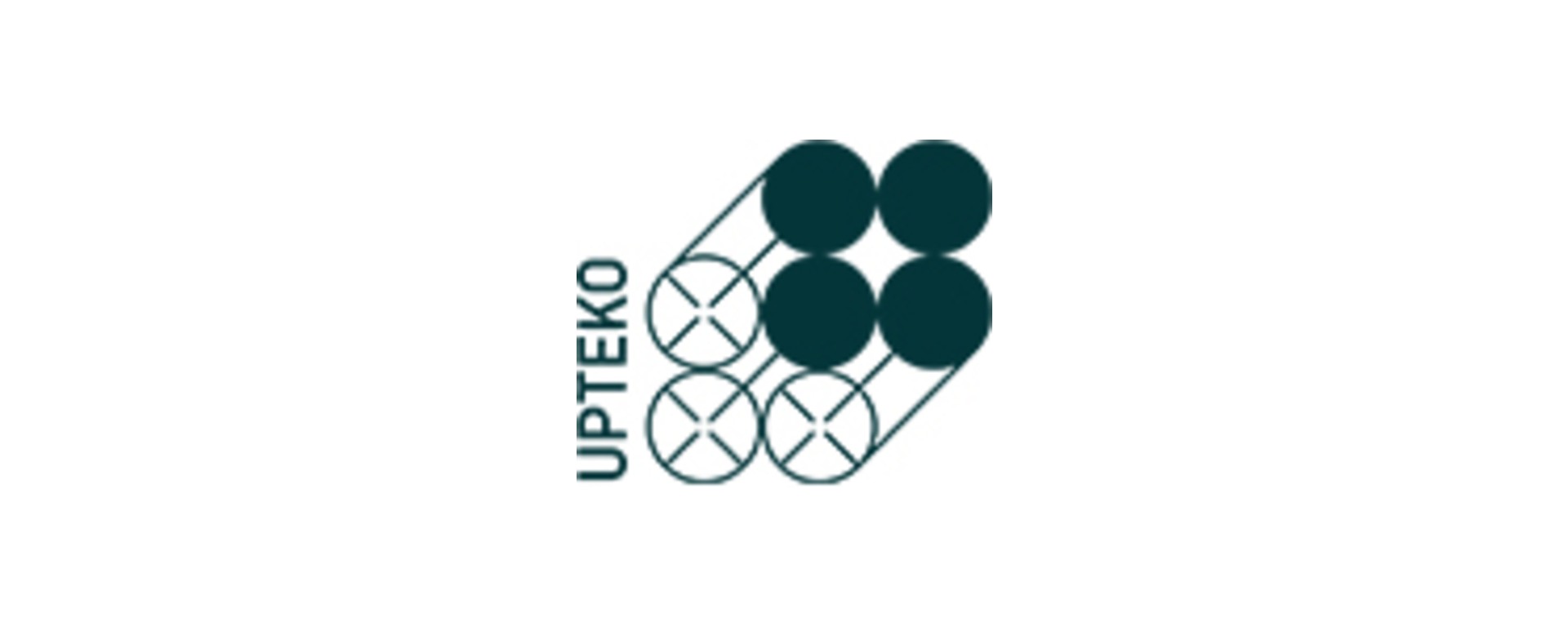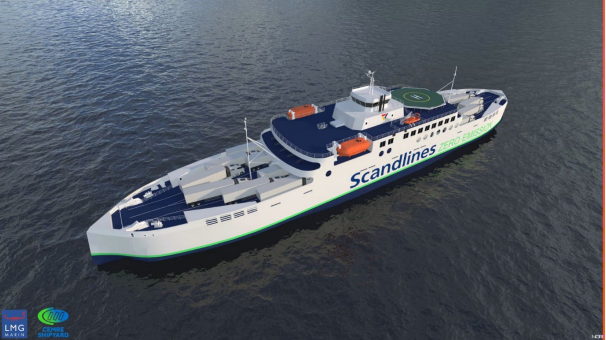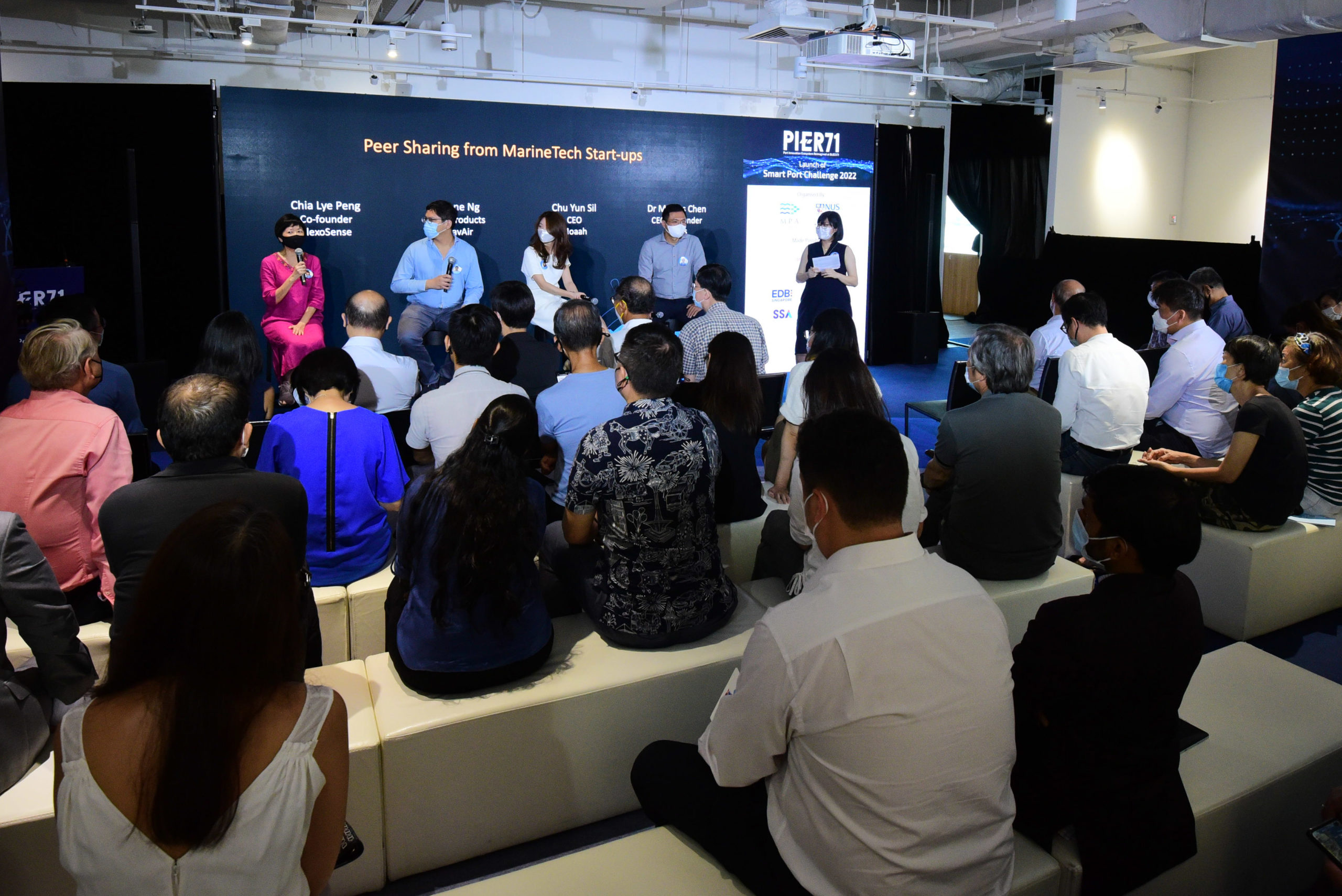Denmark’s Upteko is developing an autonomous aerial drone system designed specifically to meet the needs of the global maritime sector
Since its founding in 2018 by Mads Jørgensen, Benjamin Mejnertz and Sebastian Duus, Upteko has been steered by what Jørgensen describes as “a vision to radically improve the maritime sector through innovative drone technology”. And while these may seem bold words, there is little doubting the founding team’s pedigree when it comes to unmanned aerial vehicles.
“Two of our co-founders have been involved in working with drones for more than a decade,” Jørgensen says, noting that Duus “has been flying drones his whole life”, becoming a professional drone pilot while still a teenager and in so doing being sponsored to visit drone factories all around the world.
Winning “a ton of drone championships”, Duus subsequently met Mejnertz, who is himself a professional remote-controlled helicopter pilot. They then established Upteko’s sister company Creative Sight in 2010, a partnership that saw them building and coordinating a team of pilots that continue to undertake a host of drone-based services across Denmark, ranging from facility and asset inspections to thermography and video production.
After meeting Jørgensen, a global business engineer who has worked with Siemens Wind Power in Silicon Valley, the trio then set up Upteko “to focus on innovative drone solutions for offshore operations in the maritime and energy sectors”. In line with this, the company is currently developing an integrated drone solution comprised of three core components.
First of all, there is the drone itself, which, as well as being able to operate in extreme weather conditions, has been designed from the offset with operational flexibility in mind. As such, each unit will be highly customisable and capable of handling a variety of different payloads, including thermographic cameras and even a floatation device that it can drop to help save the lives of crew or passengers that may have fallen overboard.
Then there is the system’s charging station, which can be installed on a ship or other suitable platform and from where the drone can autonomously take off, land and then dock itself for charging when not performing aerial duties. Meanwhile, the third component is the user interface by which the crew can control the drone and which is being developed with a focus on ease-of-use and operability.
“There are multiple challenges and risks associated with offshore operations, which are also time-consuming,” Jørgensen says. “From research, interviews and collaborations with major shipping companies, we discovered the potential for digitalisation and autonomous operations in the maritime sector.”
“Most of the inspection-based work in this industry is manual and risky and consumes a lot of time and man-power,” he continues. “The utilisation of our drones is oriented to support such processes, including search and rescue for man-overboard situations, inspection of ships and various offshore structures, such as wind turbines, fire hazard detection [and] vessel docking, etc.”
While there are plenty of other companies offering drone-based services, Upteko’s system, Jørgensen asserts, will not only be “completely autonomous”, but also “specifically crafted to support maritime operations”, imbued with a unique degree of flexibility to meet a broad range of different and highly demanding customer needs. Indeed, while the system is still undergoing development, it has already been put to use by DFDS, which has successfully employed it, among other things, to optimise ferry docking procedures.


































